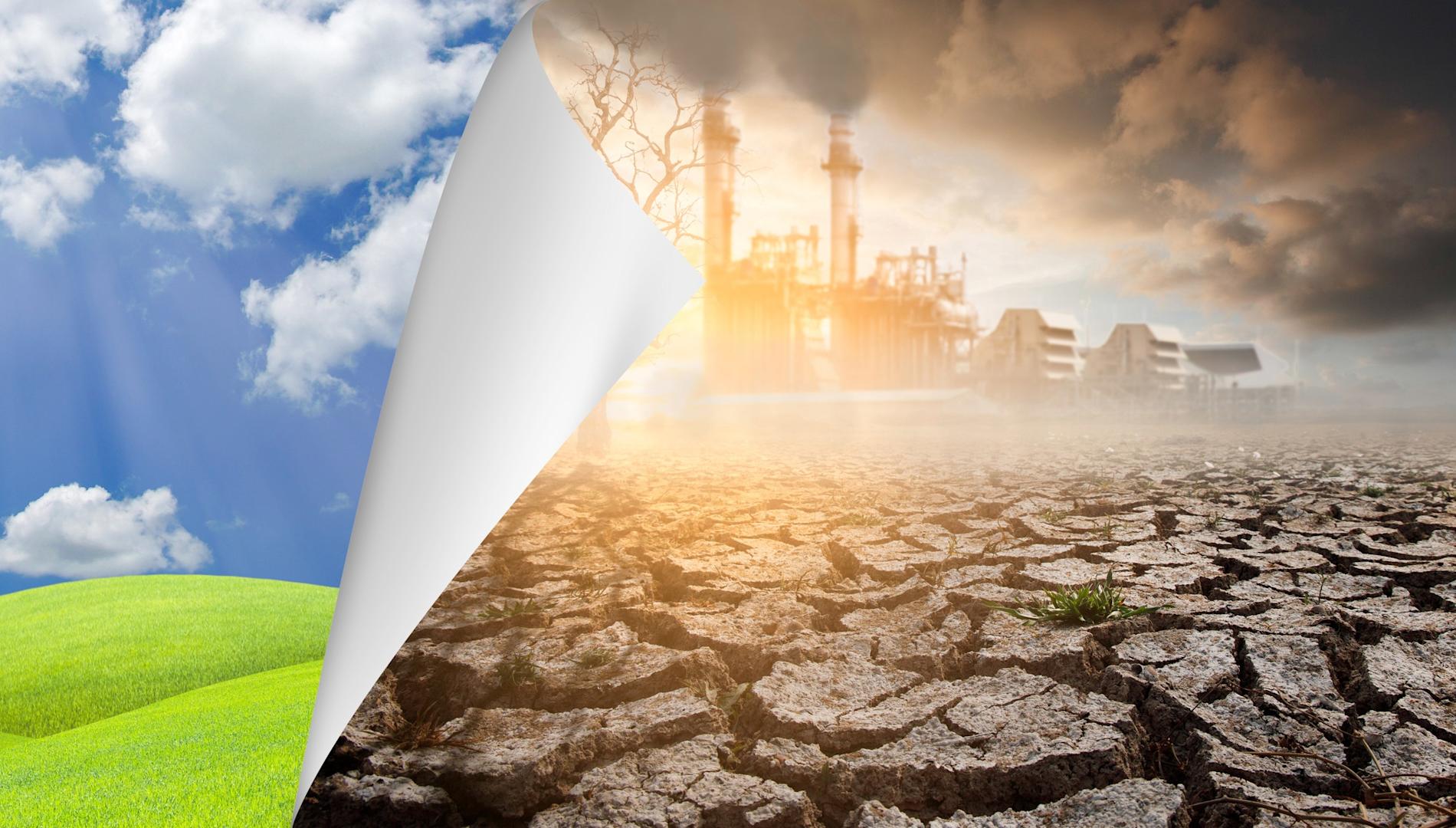Cleaning up the aviation industry: Australia’s sky-high climate responsibility
Aviation is an essential part of Australia’s transport infrastructure, connecting the nation’s widely-spread population. With more than 58 million domestic travellers in 2023, the sector plays a key role in the country’s mobility.
Beyond passenger transport, aviation also supports critical services such as emergency operations and the transportation of goods and food.
The industry significantly contributes to the economy, generating about $20 billion and providing employment for nearly 100,000 people. Given its importance, aviation is woven into the social and economic fabric of Australia.
However, the sector faces growing pressure to decarbonise and meet climate targets, as it accounts for 2% of global CO₂ emissions and is expanding at a faster rate than rail, road or shipping.

Currently, Australian aviation fuel consumption stands at nearly nine billion litres per year – about 3600 Olympic swimming pools – with demand continuing to rise.
Addressing these challenges requires solutions that can balance fuel needs and environmental goals.
Sustainable Aviation Fuel (SAF), made from non-petroleum feedstocks, is the most promising pathway for reducing aviation’s carbon footprint.
Recognised as a key strategy in the Science Based Targets Initiative’s green mechanisms, SAF is crucial for supporting Australia’s shift towards cleaner air transport while meeting the growing fuel requirements, and is a transformative opportunity to decarbonise a hard-to-abate sector.
What is #SAF exactly? ⛽
— Airbus (@Airbus) October 3, 2024
Made from renewable waste materials, “SAF” or “Sustainable Aviation Fuel” can reduce CO2 lifecycle emissions by 80% on average compared to regular kerosene.
This first episode explains what SAF is and how it's one of the levers to decarbonise aviation. pic.twitter.com/SpY38dg0T0
In addition, the International Air Transport Association (IATA) has committed to achieving net zero carbon emissions by 2050, with SAF having been allocated the responsibility of eliminating 65% of emissions.
This ambitious target places immense pressure on the aviation industry to innovate and adapt, particularly in the wake of the COVID-19 pandemic, which has left many airlines in a precarious financial position.
Our neighbours across the Tasman, Air New Zealand, became the first major carrier to backtrack on its 2030 goal to cut its carbon emissions, blaming difficulties securing more efficient planes and sourcing SAF.
This leaves us wondering what Australia’s role is in cleaning up and supporting the Asia-Pacific (APAC) aviation industry.
From sunburnt country to SAF superpower
Australia’s vast and diverse landscape offers an unparalleled opportunity for SAF production. The country’s abundant agricultural by-products, waste streams and renewable energy potential provide the perfect recipe for a thriving SAF industry.
With more than 7.7 million square kilometres of land, Australia has the capacity to cultivate a wide range of feedstocks suitable for SAF production.
The Australian government has recognised this potential, as evidenced by the recent Aviation White Paper, which outlines a comprehensive strategy to advance the production and use of SAF and other low-carbon liquid fuels. This commitment signals a clear intention to position Australia at the forefront of sustainable aviation.
The federal and Queensland state governments are joining forces to support a groundbreaking sustainable aviation fuel (SAF) project in Townsville, Queensland.https://t.co/NhnOV67LXP
— Green Review (@GreenReview) October 24, 2024
While the Australian government has committed to public investments, accelerating domestic SAF production requires significant private sector involvement.
To foster this, the government must support research into production pathways, consider incentives for domestic feedstock and fuel production, and establish protocols to verify SAF’s green credentials.
This approach will de-risk SAF and mobilise private investment to build a robust SAF industry in Australia.
Economic opportunities and regional collaboration
As a developed nation in the Global North, Australia bears a responsibility not only to develop and scale SAF technology, but also to share it with its more vulnerable APAC neighbours.
This collaborative approach aligns with the region’s growing aviation market and the urgent need for sustainable solutions.
The Association of Asia Pacific Airlines’ ambitious target of achieving 5% SAF utilisation by 2030 presents a significant opportunity for Australia to lead by example.
By fostering partnerships and knowledge-sharing initiatives, Australia can help its neighbours leapfrog traditional aviation fuel technologies and embrace sustainable alternatives.
This collaborative approach is crucial, as developing countries in the region have the potential to leverage their biomass feedstock and renewable energy resources to produce SAF, becoming full participants in the value chain, rather than mere feedstock exporters.
Such efforts align with sustainable development principles while stimulating economic growth and creating jobs in emerging SAF markets across the region.
Looking beyond COP28
2023’s COP28 conference in Dubai marked a significant milestone with the UAE Consensus, which included an unprecedented reference to transitioning away from all fossil fuels in energy systems. However, the road ahead is not without challenges.
The upcoming COP29 in Azerbaijan and COP30 in Brazil will be hosted by countries with significant fossil fuel industries. This raises concerns about potential conflicts of interest and the impact on SAF’s pace of progress. Regardless of the outcomes from these conferences, Australia must position itself at the forefront of SAF research and development.
With the possibility of hosting COP31, Australia has a unique opportunity to showcase its leadership in sustainable aviation.
As one of the most geographically isolated countries, Australia must show its commitment to combating climate change from the moment delegates embark on their lengthy journeys.
Developing a robust SAF industry is both an environmental and diplomatic imperative. By providing Australian SAF-powered flights for COP31 attendees, Australia can highlight its dedication to sustainable aviation and also establish a new standard for international climate conference travel.
What next?
To keep flying without frying the planet, Australia must seize the opportunity presented by SAF. Looking ahead, we can anticipate a future where Australian-made SAF powers flights across the Asia-Pacific region and beyond.
A multidisciplinary approach is essential, with policymakers, investors and scientists uniting to take decisive steps forward.
By committing to this vision, Australia can lead the charge in sustainable aviation, driving innovation, reducing emissions, and setting a precedent for the global aviation industry.
Monash is pioneering a path to a greener, smarter, more equitable and sustainable future, where emissions are lower, and the natural environment and humans thrive. We look forward to participating at COP29, where we aim to accelerate global action on sustainability, empowering diverse voices from across the Indo-Pacific and influencing superior policy outcomes across a broad range of issues. Find out more monash.edu/cop29








